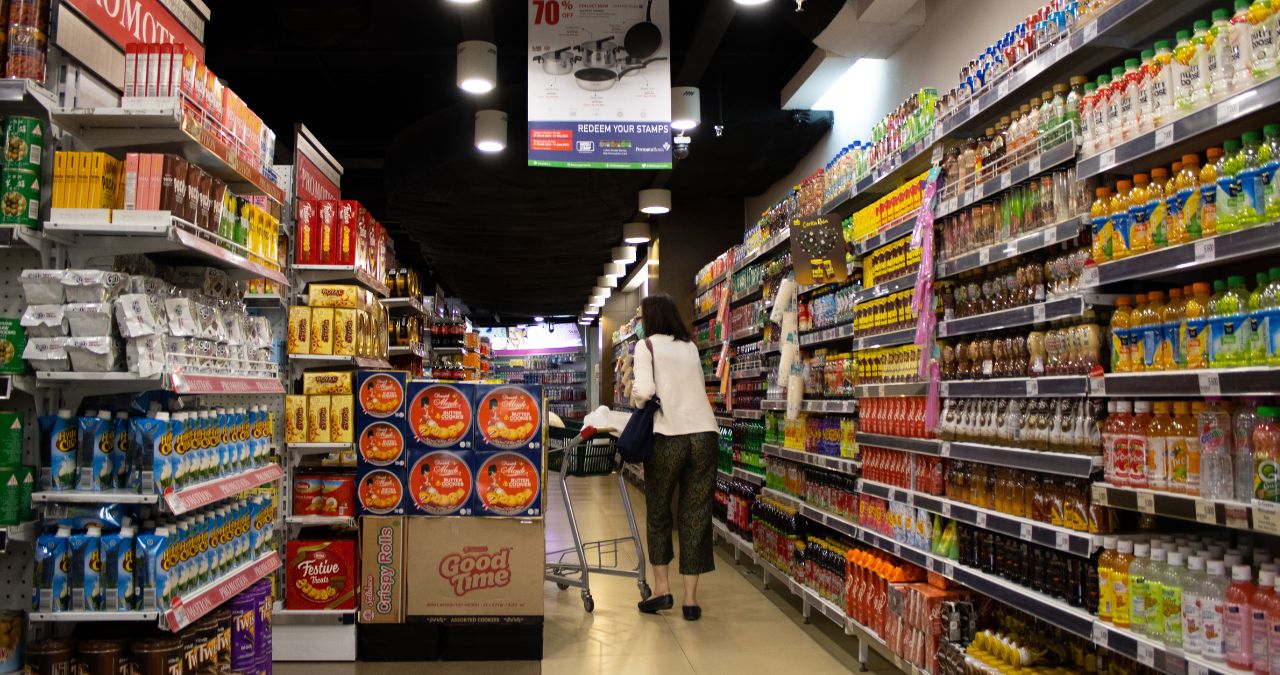Are you curious about how products end up on grocery store shelves? All grocery products have a journey to follow, and it’s a lot more fascinating than you might think. Here’s a look at how products make it to grocery stores, from the raw material to the final item customers buy on the shelf.
How Do Products Get to Grocery Stores?
Raw Material to Product
All products have to be produced, farmed, or processed. Coffee beans have to originate on farms, and lettuce has to be grown somewhere. It’s true for all products, even ones that have been assembled from other components (like a computer or smartphone).
Usually, one company has a deal with another: one grows or manufactures, and the other processes the product.
Products in Warehouses
An assembled product that’s ready to be sold usually goes to a warehouse from there. Warehouses are where stock is kept, and the location of the warehouses often depends on whether or not there is a hub closer to distribution points. Storing products close to their final destinations is a great way for companies to save both money and time.
Warehouses: Destination One
Products in warehouses are ready to be sold, but they usually don’t go straight to the customer. First, products in warehouses are being stored until they can be sold to other companies or distributors. For example, a shipment of 500 baked bean cans could be purchased by three distributors and sold to three companies.
Company Representatives
Company representatives have an important job: get our product in stores, and represent the brand. A company representative is there to cut the best deals with suppliers. These professionals work with grocery stores and are tasked with finding the best products to stock the shelves with.
In short, a company representative says, “Hey, this product looks great. Will you stock it?”
The grocery store, usually through a purchase manager, then decides whether or not to stock (or keep) the product on the shelves.
Suppliers and Purchase Managers
Suppliers and purchase managers work on the grocery store’s side of things, securing the best deals and making sure the budget balances. Purchase managers have to be aware of what people are going to buy, or at least have a good idea of what they want to buy. Previous sales figures and new product demand will help managers decide which products to stock.
If a product sells well, a manager will often make the decision to buy more of that product than last month due to the increased demand. If a product doesn’t do as well or as demand weakens, they will order less.
Products can also be introduced to grocery store shelves if customers create a demand for them by asking. If a store can turn a profit by selling an item that they don’t yet have, it’s the supply manager’s job to decide if they’d like to stock it.
Grocery Store Aisles
Did you ever think so much work went into what products people are able to purchase at grocery stores? Grocery store aisles aren’t just stocked by random chance. Instead, careful calculation and supply or demand help guide this decision-making process for purchase managers.
Cannonball Express Transportation
Cannonball Express Shipping Company has been providing top-of-the-line service at a reasonable rate. Based in Omaha, Nebraska, we provide nationwide refrigerated LTL services, as well as, local delivery services. Contact us today!
Nationwide Shipping Company Services:
- Refrigerated LTL deliveries in the lower 48 states
- Refrigerated Cross dock
Local Shipping Company Services:
- Redelivery Services
- Truckload & LTL Capabilities
- PUP
- Cross dock
- Transload
- Warehouse and Distribution capabilities from multiple Omaha Locations

